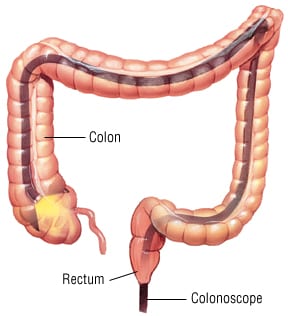The peptide spanning residues 35-55 of the protein myelin oligodendrocyte glycoprotein (MOG) has been studied extensively in its role as a key autoantigen in the neuroinflammatory autoimmune disease multiple sclerosis (MS). Rodents and non-human primate species immunized with this peptide develop a neuroinflammatory condition called experimental autoimmune encephalomyelitis (EAE), often used as a model for MS. Over the last decade, the role of citrullination of this antigen in the disease onset and progression has come under increased scrutiny. We recently reported on the ability of these citrullinated MOG peptides to aggregate in an amyloid-like fashion, suggesting a new potential pathogenic mechanism underlying this disease. The immunodominant region of MOG, spanning residues 20-50, is highly conserved between species, with the only difference between the murine and human protein a polymorphism on position 42: Where the mouse sequence has serine, the human sequence bears a proline residue. Here, we show that the biophysical and biochemical behavior we previously observed for citrullinated murine MOG is fundamentally different for human and mouse MOG. The citrullinated human peptides do not show amyloid-like behavior under the conditions where the murine peptides do. Moreover, we tested the ability of these peptides to stimulate lymphocytes derived from MOG immunized marmoset monkeys. While the citrullinated murine peptides did not produce a proliferative response, one of the citrullinated human peptides did. We postulate that this unexpected difference is caused by disparate antigen processing. Taken together, our results suggest further study on the role of citrullination in MOG-induced EAE are necessary.Copyright © 2023 The Authors. Published by Elsevier Inc. All rights reserved.








